How To Admit A Mistake Professionally Email

In the modern professional landscape, admitting a mistake is inevitable. However, crafting an email to acknowledge an error requires careful consideration to maintain credibility and minimize potential damage. Understanding the nuances of a well-composed apology can transform a potentially negative situation into an opportunity for growth and strengthened relationships.
The ability to effectively admit mistakes is a critical skill, particularly in the age of digital communication. According to a 2023 study by the Harvard Business Review, employees who promptly acknowledge errors and offer solutions are often viewed as more trustworthy and responsible than those who attempt to conceal them. This article delves into the key elements of writing a professional email to admit a mistake, providing actionable steps and expert insights.
Key Elements of an Apology Email
A professional apology email should be prompt, sincere, and solution-oriented. The goal is to acknowledge the error, take responsibility, and outline steps taken to rectify the situation. Transparency and accountability are crucial in building trust and demonstrating a commitment to improvement.
Subject Line Matters
The subject line should be clear and direct, immediately conveying the purpose of the email. Examples include: "Correction Regarding [Project Name]" or "Acknowledging Error in [Report Name]." A straightforward subject line ensures the recipient understands the email's urgency and content without ambiguity.
Start with an Apology
Begin the email with a sincere apology, explicitly stating the mistake that was made. Avoid vague language and be specific about the error. For example, instead of saying "I made a mistake," state "I mistakenly reported the Q3 sales figures as $X instead of $Y."
"I sincerely apologize for the error in the [document/report/presentation] regarding [specific detail]," is a strong opening.
Take Responsibility
Accept full responsibility for the error without making excuses or blaming others. Avoid phrases like "If I had known..." or "It wasn't entirely my fault." Owning the mistake demonstrates integrity and accountability.
Phrases such as "I take full responsibility for this oversight" or "This error was due to my mistake, and I am committed to preventing it from happening again" are effective.
Explain the Situation Briefly
Provide a concise explanation of what happened, focusing on the facts and avoiding excessive details. A brief explanation helps the recipient understand the context without dwelling on excuses. Keep it brief and factual.
Outline Corrective Actions
Clearly outline the steps you have taken or will take to correct the mistake. If the mistake has already been rectified, explain how. If the mistake is ongoing, provide a timeline for resolution. This demonstrates proactivity and a commitment to resolving the issue.
For instance, "I have already corrected the error in the document and resent it" or "I am currently working to rectify the error and expect it to be resolved by [date/time]."
Offer Reassurance and Preventative Measures
Reassure the recipient that you are taking steps to prevent similar mistakes in the future. This could involve implementing new procedures, seeking additional training, or improving communication protocols. Demonstrating a commitment to improvement builds confidence.
Phrases such as "I am implementing a new double-checking process to prevent similar errors in the future" or "I am seeking additional training to improve my understanding of [relevant topic]" are helpful.
End with a Sincere Closing
End the email with another sincere apology and express your commitment to improving your performance. Thank the recipient for their understanding and patience. A gracious closing reinforces your professionalism.
"Thank you for your understanding. I am committed to ensuring this does not happen again" is a good closing statement.
Example Email Structure
Here's a basic email structure:
Subject: Correction Regarding [Project Name]Dear [Recipient Name],
I am writing to sincerely apologize for the error in the [report/document/presentation] regarding [specific detail]. I take full responsibility for this oversight.
The error occurred because [brief explanation of the situation]. I have already [corrected the error/begun working to correct the error] and expect it to be fully resolved by [date/time].
To prevent similar errors in the future, I am [implementing new procedures/seeking additional training].
Thank you for your understanding. I am committed to ensuring this does not happen again.
Sincerely,
[Your Name]
Impact and Significance
Mastering the art of admitting mistakes professionally can significantly impact career trajectory and workplace relationships. Individuals who demonstrate accountability and a commitment to improvement are more likely to be trusted and respected by colleagues and superiors. This skill enhances not only individual performance but also contributes to a more positive and productive work environment.
In conclusion, a well-crafted apology email is more than just an admission of error. It's an opportunity to demonstrate integrity, build trust, and showcase a commitment to continuous improvement. By following these guidelines, professionals can transform mistakes into valuable learning experiences and strengthen their professional standing.

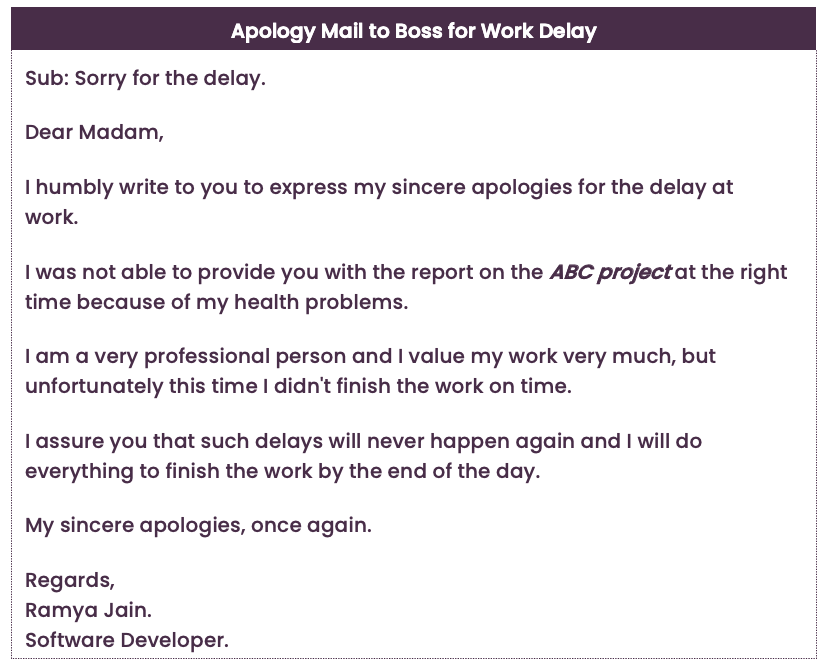
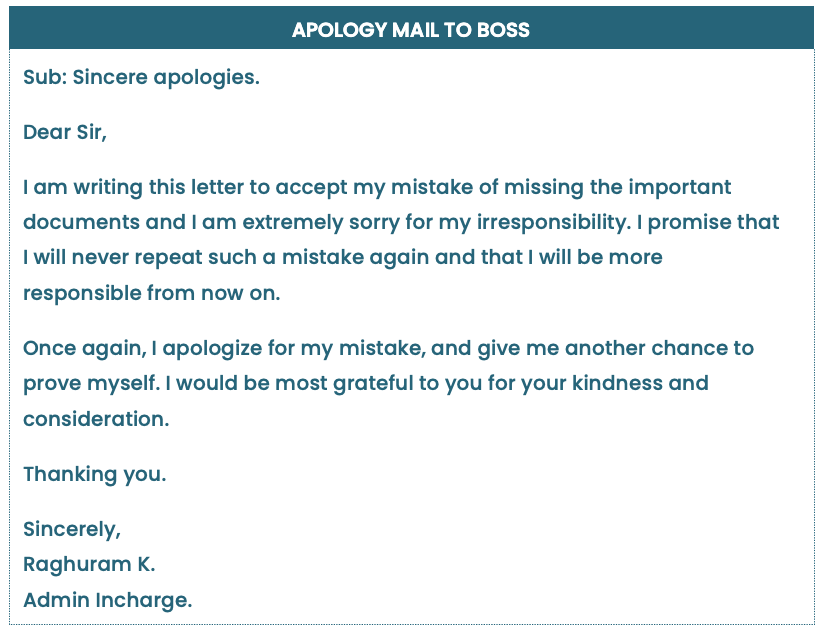

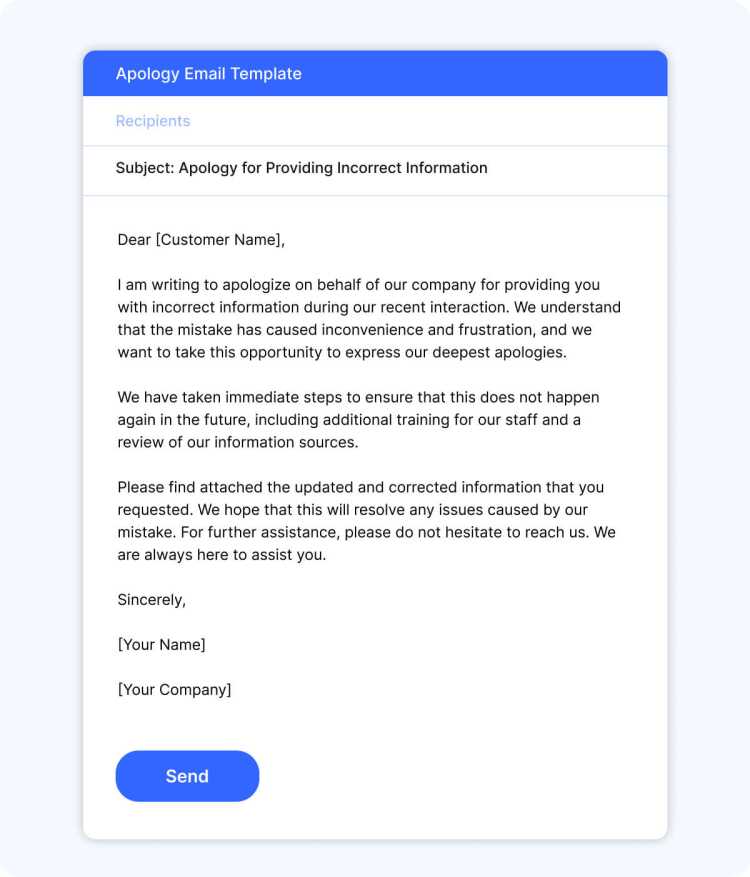


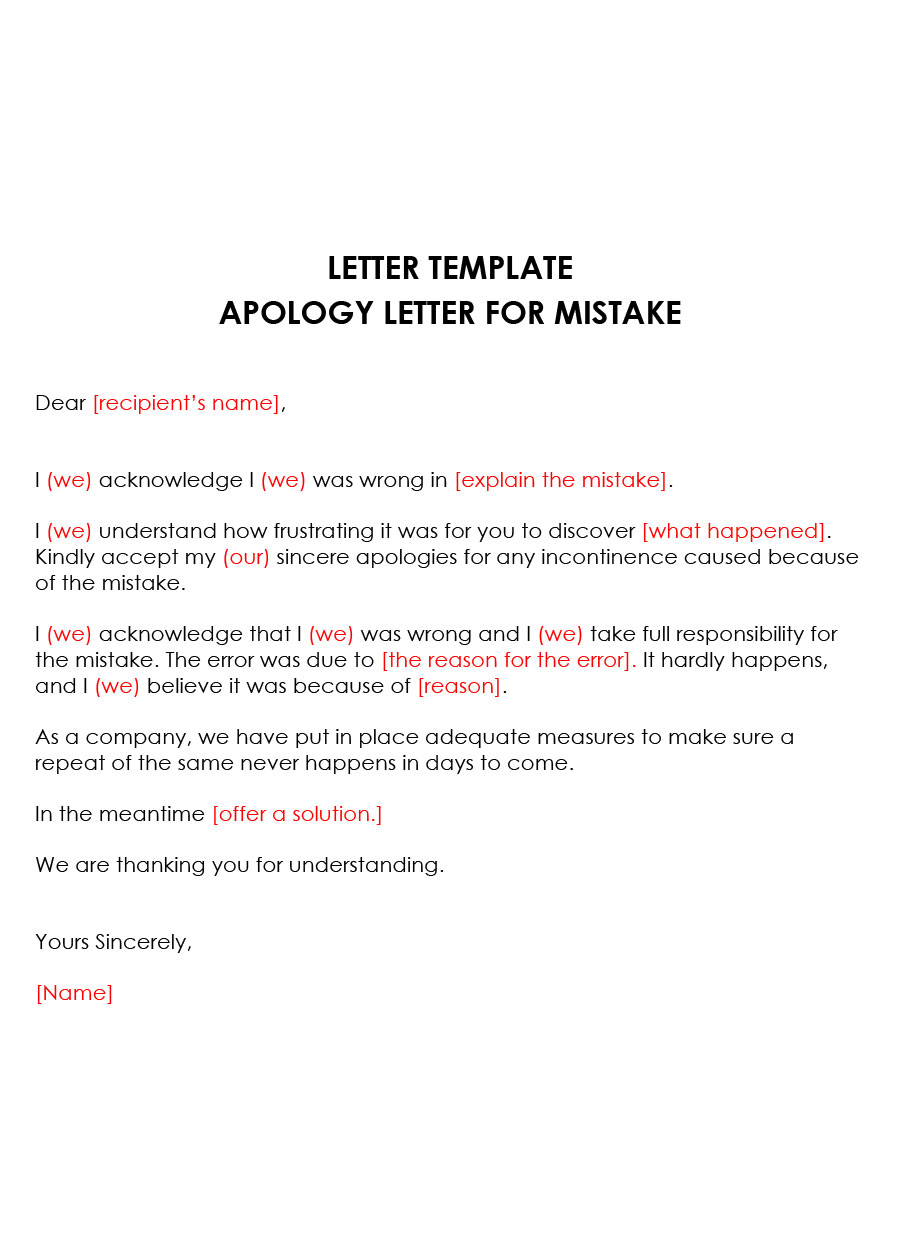

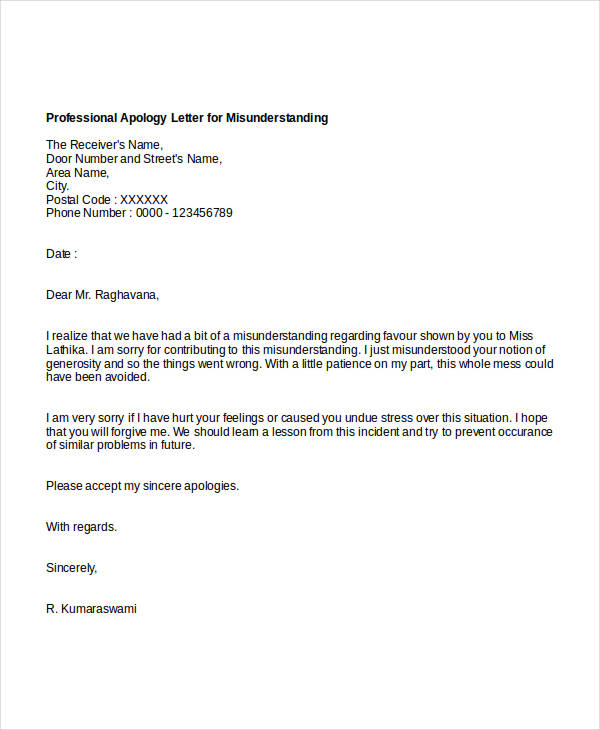
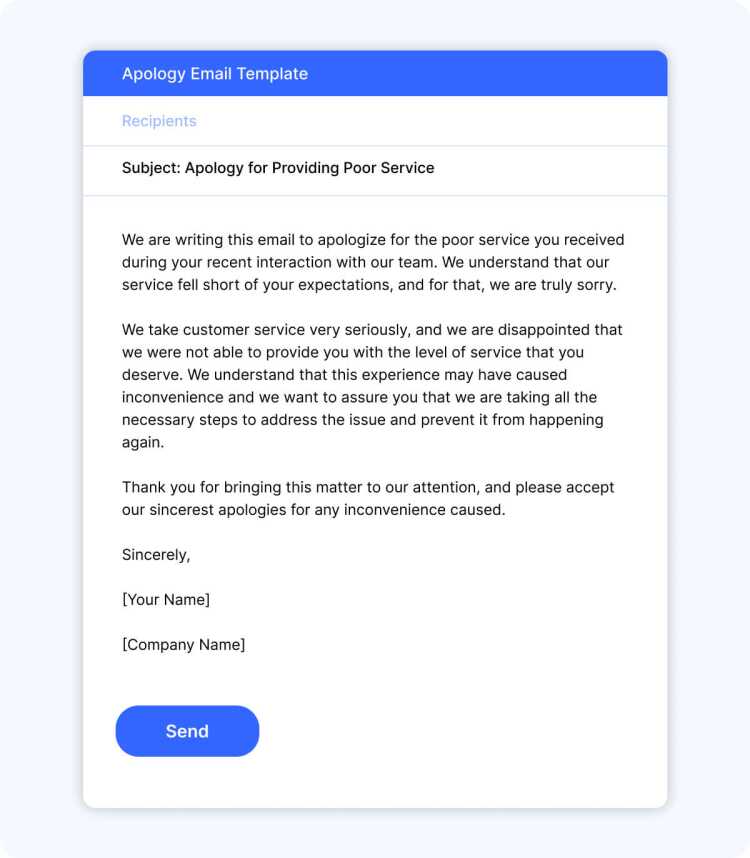
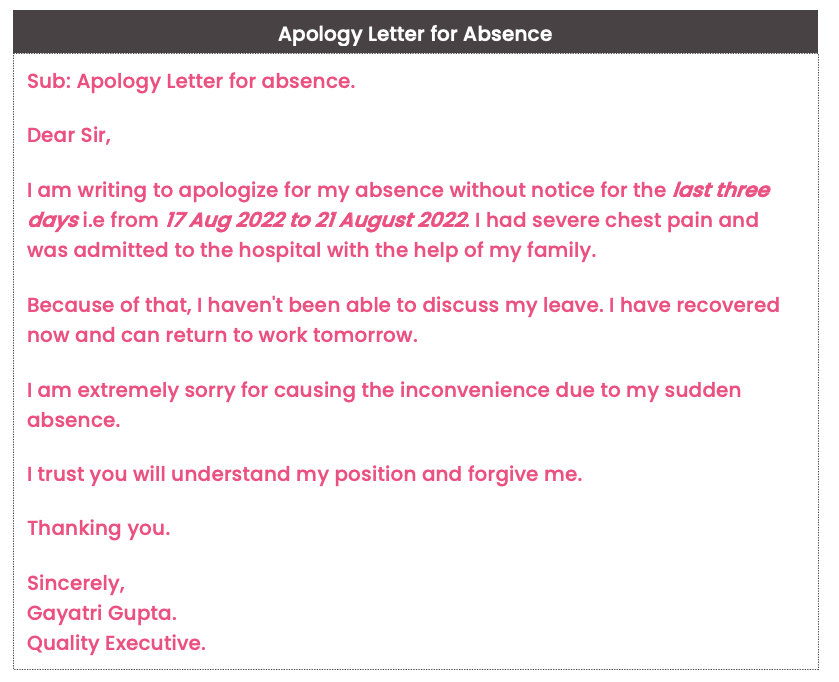

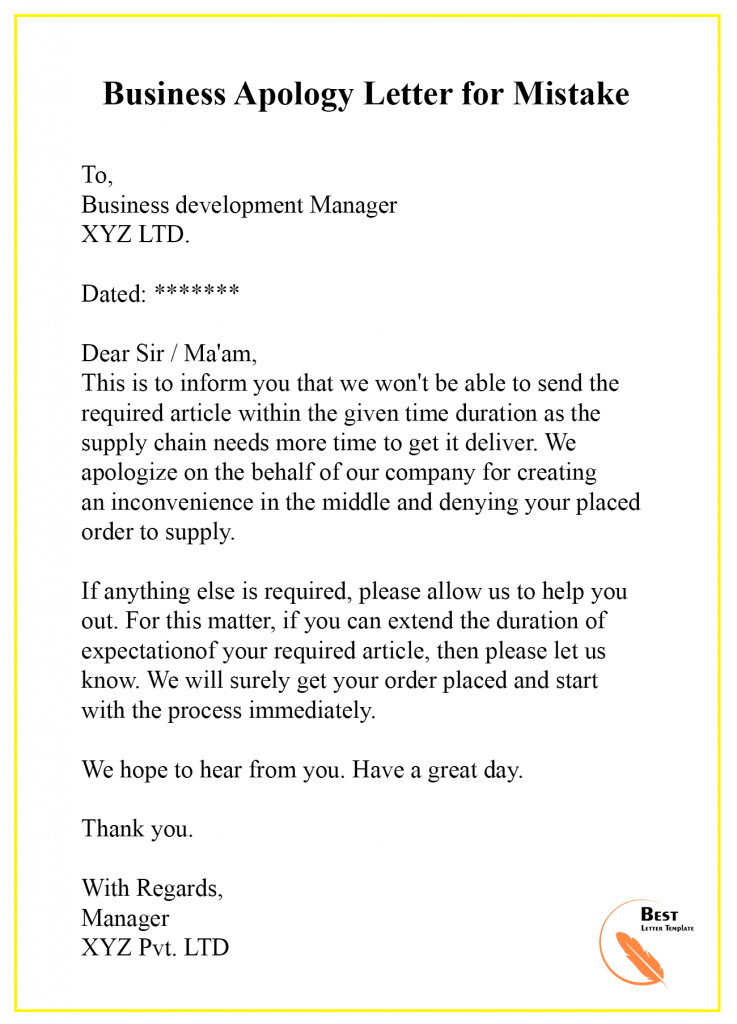

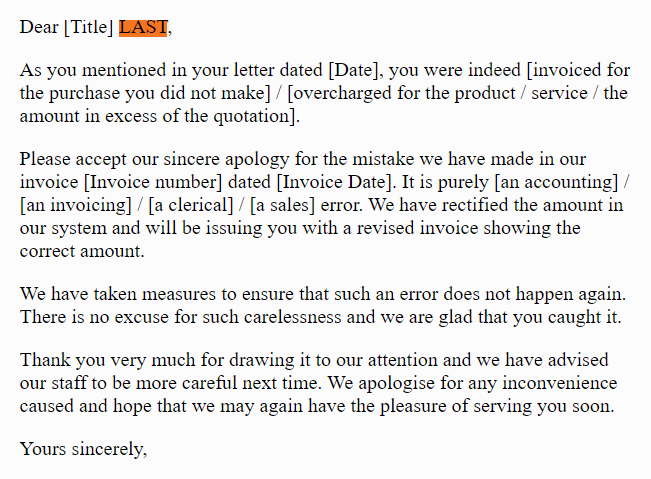

:max_bytes(150000):strip_icc()/2062679v1-5ba5029146e0fb002502da7d.png)
